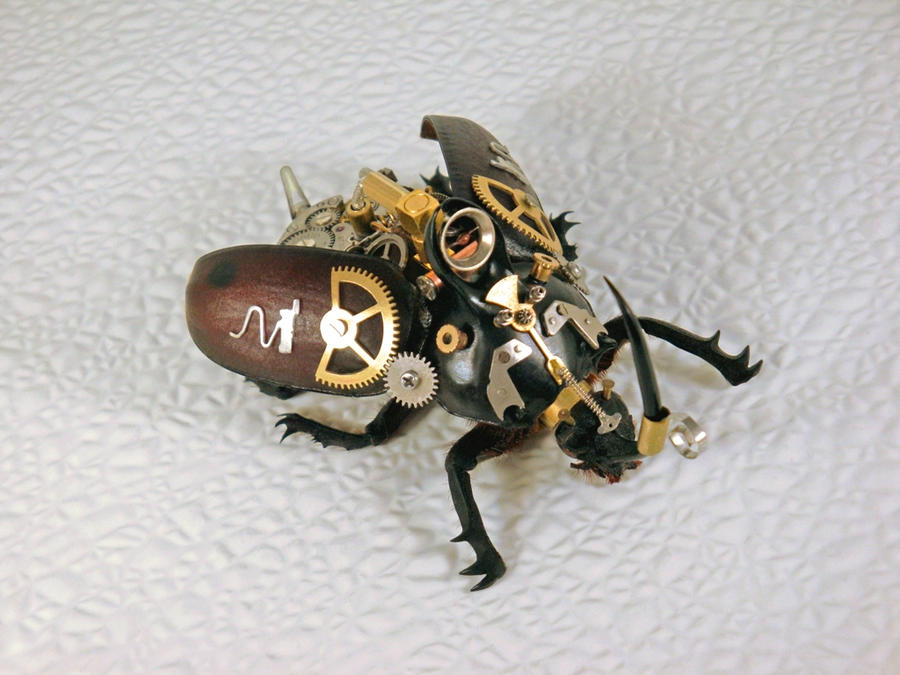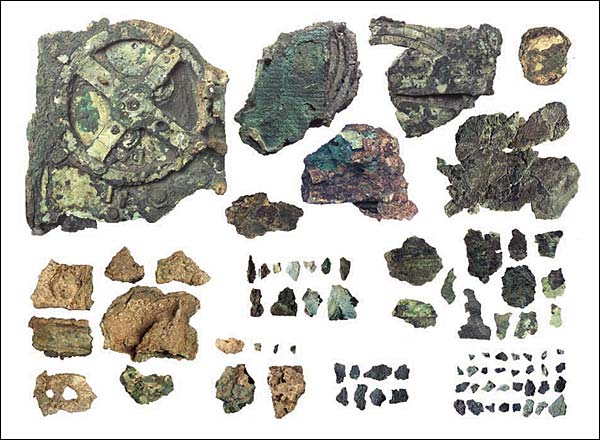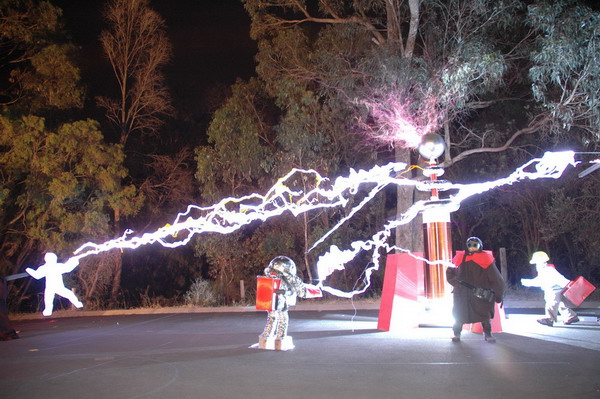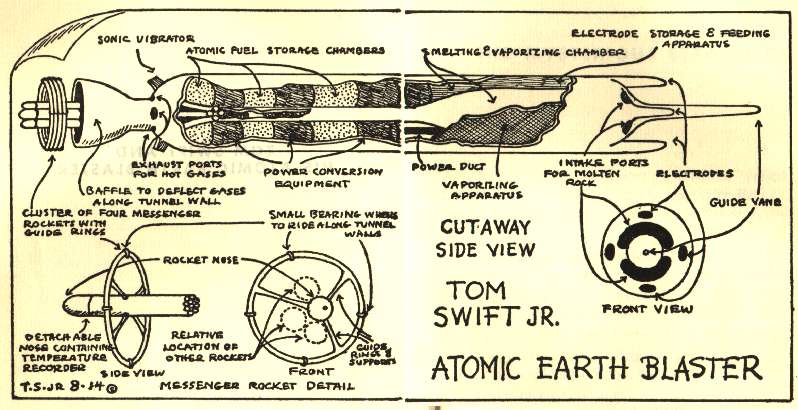Types of Tech"punk":
Steampunk
Steampunk is the idea that Victorian Age industry could have accomplished much of the technological results we see today and beyond using steam and conventional methods. For example, in steampunk, spacecraft, artificial intelligence, and other technological marvels today would have been built with just steam engines and conventional technology of gears and springs. Jules Verne is a source for many steampunk-like devices.
Cyberpunk
What if the Internet connected everything and everyone? What if cybernetics were commonplace? This is the world that is cyberpunk. It typically is a near future world with robots, virtual reality, holograms, large corporations, and a currency of credits. Programs are advanced enough to be considered conscious. Movies like Tron and Robocop are cyberpunk.
Clockpunk
A more primitive version of steampunk, "clockpunk", just uses springs and gears. So instead of using coal to power devices, pendulums are set, coils are tightened, and springs are compressed. While the much-touted Difference Engine, an ancestor of the computer, is usually considered steampunk, its gear-based nature places it as clockpunk. Leornardo Da Vinci's inventions are considered clockpunk. That being said, many people do not see a distinction between steampunk and clockpunk.
Sandalpunk/Bronzepunk/Ironpunk
A "punk" for the Classical cultures of Greece and Rome. It assumes that Archimedean types of inventions did not cease. Typical equipment include highly advanced catapults and siege machinery, balloons, primitive submarines, wooden equivalents of clockpunk, classical gear computers(like the one found called Antikythera mechanism, pictured above), primitive steam engines of Alexandria, bronze mirrors that redirect sunlight to burn ships... An interesting variations would be Egyptian sandalpunk, with optics and pyramid building tools; and Chinese sandalpunk which would consist of fireworks and junks. Bronzepunk and Ironpunk are variations of Sandalpunk.
Teslapunk
Nikola Tesla was one of the most brilliant and unheard of scientist of his time. He envisioned a world of free energy and worldwide communication. Teslapunk incorporates his dream of death rays, Tesla coils, wireless communication, and antigravity devices into fiction.
Atompunk
The Atomic Age ushered by the 1940's. So in that tradition, everything or mostly everything in atompunk runs with nuclear energy. Radiation, nuclear warfare, mutations from such are the main problems in an atomicpunk story.
Dieselpunk
The dependence on oil exaggerated is dieselpunk. A fantasy of the oil companies, it envisions all vehicles, equipment, and weaponry running in fossil fuels. (By the way, the computer shown is not running in oil, but is submerged in it to dissipate heat.)
Decopunk
The chrome version of the future! In decopunk, the 1950's and 60's version of the future comes to fruition.
Biopunk
What if genetic engineering has accomplished what our current technology did? A purely brain-based internet, organic transportation, psychic weaponry, a whole hosts of poisons, solar energy power from literal plants are some examples of biopunk. Pictured above is Mandark from the popular cartoon "Dexter's Laboratory", holding an organic/biopunk laser.
Nanopunk
Nanotechnology is the emphasis for nanopunk. Nanobots, nanomaterials, nanomedicines... It is assumed nanobots make and maintain everything in a nanopunk world.
Stonepunk
Think of the technology used by the Flintstones. That is Stonepunk. The cavemen have cars and other modern equivalents using "Stone Age" technology. (Mind you, the author of the blog does not believe in a literal Stone Age, but believe humans were always advanced as a result of Creation, but he digresses.)
There's a few more "punks" that I felt was not invented, yet. And so I invented them:
EtherpunkThe ether theory of the nineteenth century is found to be true. In this universe, technology is mostly ether based. Ether seems to be the medium in which light transverses.
Crystalpunk
Crystals hold piezoelectric properties. Thus, technology based solely on crystals are possible.
Chronopunk/Timepunk
A techpunk relying on time travel. I don't exactly know how feasible that is, but it sounded cool.
Hydropunk/Waterpunk
If cold fusion is ever feasible, it would change the world.
Aethericpunk
A combination of Crystalpunk and Etherpunk. The (im)material that is Aether is understood to be partly spiritual, partly multidimensional, and barely matter-influenced. Also, it is the material that composes the time-space continuum. I use this for creating the fictional Mirror Universe.
Some other punks I didn't have time to write about...
Transistorpunk
Nowpunk
Splatterpunk
Elfpunk
Mythpunk











No comments:
Post a Comment